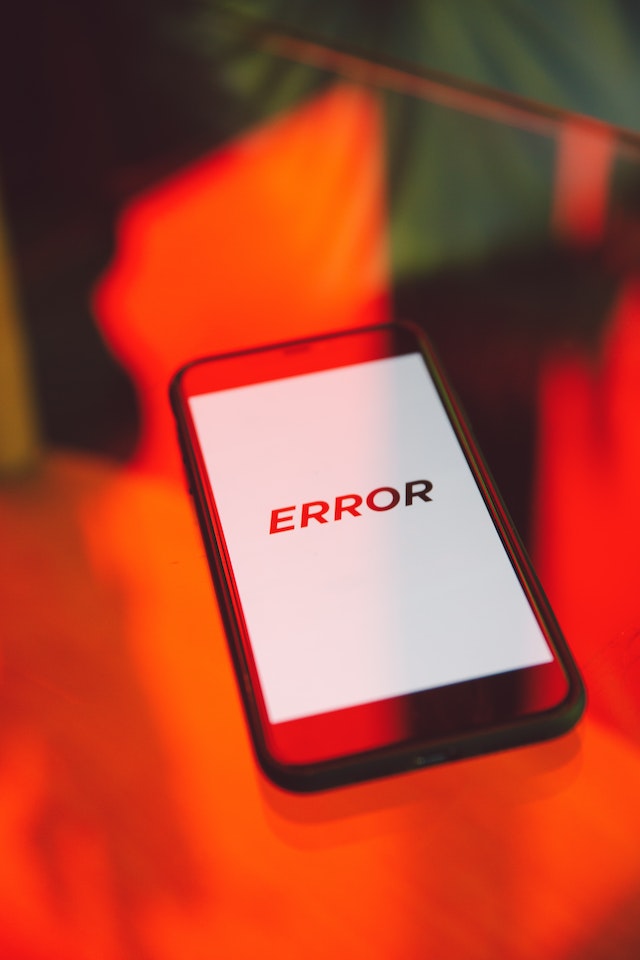The Smart Agriculture farming industry is experiencing a noteworthy change with the integration of Web of Things (IoT) innovations. Savvy agribusiness, too known as exactness farming or advanced cultivating, is revolutionizing conventional cultivating hones by utilizing IoT gadgets to gather and analyze information for moved forward decision-making.
What is Smart Agriculture?
Keen agribusiness, too known as accuracy farming or advanced cultivating, alludes to the application of Web of Things (IoT) advances in agrarian hones to improve productivity, efficiency, and maintainability.
It includes the integration of different IoT gadgets, such as sensors, rambles, mechanical technology, and information analytics, to gather real-time information and make educated choices approximately edit development, animals administration, and generally cultivate operations.
The Benefits of Smart Farming: How IoT Shaping Agriculture:
The integration of Web of Things (IoT) advances in agribusiness, known as savvy cultivating, is revolutionizing the way cultivating is practiced. By leveraging IoT gadgets and information analytics, keen cultivating brings various benefits to the rural division. This article investigates how IoT is forming agribusiness and highlights the points of interest it offers to agriculturists and the complete cultivating biological system.
Precision Monitoring and Control:
IoT gadgets, such as sensors and rambles, give real-time observing of pivotal factors in cultivating, counting soil dampness, temperature, stickiness, and edit wellbeing. Agriculturists can remotely get to this information and pick up experiences into the exact conditions of their areas.
By having precise data, they can optimize water systems, fertilization, and bother control techniques, driving to make strides trim well-being and expanded yields.
Efficient Resource Management:
Savvy cultivating empowers exact asset administration by optimizing the utilization of water, fertilizers, and vitality. IoT sensors screen soil dampness levels, permitting agriculturists to apply water. It was when and where it is required, hence diminishing water squandering and preserving this valuable asset. Essentially, by analyzing soil supplement levels through IoT gadgets.
Read More: Smart Homes: Creating Intelligent Living Spaces with IoT
Predictive Analytics for Decision-Making:
The information collected by IoT gadgets in savvy cultivating is analyzed utilizing progressed analytics and machine learning calculations. This empowers ranchers to pick up profitable experiences and make data-driven choices. Prescient analytics can give data on ideal planting times, malady and bug flare-up expectations, and abdicate figures.
Livestock Monitoring and Management:
IoT gadgets play a crucial part in animal cultivation as well. Sensors joined to creatures collect information on their well-being, behavior, and area. Ranchers can remotely screen their animals, identify early signs of ailment, and guarantee convenient intercessions.
Enhanced Farm Efficiency and Automation:
IoT innovations empower computerization and streamlined forms in cultivating operations. Associated apparatus and mechanical autonomy can perform assignments such as planting, collecting, and water system with exactness and proficiency. Computerized frameworks can alter operations based on real-time information, optimizing workflow and diminishing labor prerequisites.
Data-Driven Supply Chain Management:
IoT gadgets encourage way better supply chain administration in horticulture. Through sensors and following gadgets, agriculturists can screen the development of agrarian items from cultivation to showcase. This makes a difference in following stock, avoiding deterioration, optimizing transportation courses, and guaranteeing opportune conveyance.
IoT use cases in Agriculture:
IoT (Internet of Things) technology offers a wide range of use cases in agriculture, revolutionizing traditional farming practices and improving productivity, efficiency, and sustainability. Here are some prominent IoT use cases in agriculture:
Soil Monitoring and Management:
IoT sensors put within the soil can screen and collect information on different parameters temperature, pH, and supplement substance. This information empowers agriculturists to form educated choices almost water systems, fertilization, and soil well-being administration.
Crop Monitoring and Precision Farming:
IoT gadgets, counting rambles, lackey symbolism, and ground-based sensors, help in observing edit development, and advancement. They give real-time information on components such as plant vigor, and infection flare-ups.

Livestock Monitoring and Management:
IoT-enabled gadgets can screen the well-being, behavior, and area of animals. Sensors joined to creatures can track crucial signs, movement levels, and bolstering designs.
Smart Irrigation Systems:
IoT-based water system frameworks utilize information from sensors, climate estimates, and soil conditions to optimize water utilization. By observing soil dampness levels and climate designs, these frameworks can consequently alter water system plans.
Weather Monitoring and Forecasting:
IoT climate stations collect information on temperature, mugginess, wind speed, precipitation, and other climate parameters. This data, combined with progressed analytics, makes a difference ranchers make educated choices with respect to planting, gathering, and bug control.
Supply Chain Optimization:
IoT gadgets play a significant part in optimizing the rural supply chain. Through sensors and following frameworks, agriculturists can screen and track the development.
Read More: Long-Term Medication Use: Impact on Health
Farm Equipment and Asset Management:
IoT innovation permits agriculturists to remotely screen and oversee their cultivate apparatus, gear, and resources. Associated gadgets give real-time information on gear execution, and area following.
Conclusion:
The integration of IoT advances in agribusiness is changing cultivating hones and introducing an unused period of keen agribusiness. By saddling the control of real-time information and progressed analytics, ranchers can optimize their operations, upgrade efficiency, and minimize natural effects.
Smart agriculture holds the gigantic potential to address the worldwide challenges of nourishment security, maintainability, and proficient asset administration, eventually driving a more profitable and versatile rural biological system.
FAQs:
Q. What does IoT mean in farming?
A. IoT (Internet of things) in an agricultural context refers to the use of sensors, cameras, and other devices to turn every element and action involved in farming into data.
Q. How do you implement smart farming?
A. Smart farming incorporates information and communication technologies into machinery, equipment, and sensors used in agricultural production systems.
Q. What is the newest technology in farming?
A. Satellite and GPS technologies, sensors, smart irrigation, drones, and automation.
Q. How are robots used in agriculture?
A. Monitoring crops and measuring PH levels in the soil, to simpler tasks of picking and packing fruits and vegetables and planting seeds.




One Comment on “Smart Agriculture: Transforming Farming with IoT”
Comments are closed.